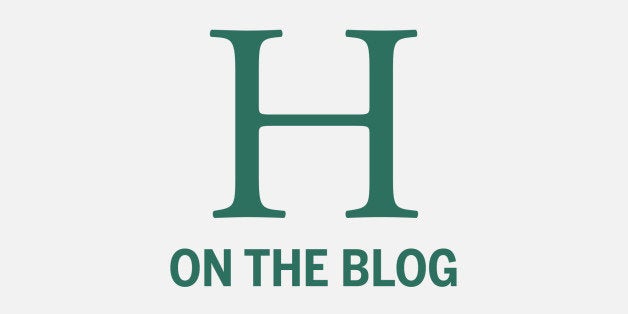
If the display or broadcasting of creative works were reliant on a virtue rubric, then our museum walls would be nearly empty, our radio waves and streaming would run rather silent, our bookshelves would be quite bare....or chock full of posted disclaimers....?
Let us start with the Great Pyramids, Wonders of the World, and consider the follies they were - monuments to self, indicators of one's immortality, death machines for the laboring masses whose lives were devoted to rulers who were basically devoted to themselves....
Think about ancient, classical ruins and edifices, which might embody perfect design ratios, that more precisely provided housing for countless human and animal sacrifices, intended to appease lecherous, greedy and macabre gods and goddesses....
Consider next the great houses of worship of the world, which existed also to glorify earthly wealth and tithed tickets to pearly gates, where ruling dynasties held court as they demonstrated their versions of humility and faith, and from which burning stakes, censorial destruction, wars and violence were waged in the names of beliefs that suited the victors. Let us also consider the bastions of protectionism these places of worship are today for behaviors and beliefs that have not the first thing to do with the Golden Rule....
Look at the regal libraries that dot the United States, named for a robber baron who, though catapulting society and our economy into the modern age, did so on the broken and exploited and backs of millions of men, women and children. Tithing as one may have centuries back commissioned some Last Supper on some wall somewhere, industrialists appeased their consciences with nobly functional memorials that still stand with their names carved in stone....
Listen then to the interviews, where, laughingly and nostalgically, rock icons tell tall tales of (among other things) extreme feminine conquest: random, meaningless encounters that took place below stage, in hallways and hotels, where love, commitment or any measurable personal regard was never even on the table, where drugs and alcohol were the refreshments of choice, consumed by both rockers and their oh, so available fans. Now revered as gods in Halls of Fame, their songs still blast from our satellite radios, their works and lives still inspire countless, new performers and songwriters. And those "Buy Me" labels, better known as "Parental Advisory - Explicit Content" stickers? Let them serve as testament to the tokenism of legislated virtue.
Continuing to flip perspective to the other side of this creative coin, consider the hands that held the brushes, the pens, that hit the typewriter keys. Rembrandt to Picasso to Pollack to Hemingway to Michael Jackson to Bill Cosby - the damage wrought upon loved ones and against random others with whom paths were crossed is as much a part of their fabric as are the artistic endeavors which made them memorable to the rest of us. To moralizingly separate the creators of works from the myriad issues they possessed is to start down a path of censorship that, if carried to its logical conclusions, could not only empty out bookshelves, museum walls and silence radio waves and sound bytes but also stunt artistic expression itself. As an alternative to violence, the Arts should be unequivocally protected as a means of expression, if even extreme.
In light of the fact that the whole story of any story - motives, details and circumstances - as having come from both sides is generally never known, and because we live in a nation that holds officially and dear the cherished notion of innocent until proven guilty, and because tossing rocks at glass houses was never a good idea (self-righteous condemnation is a rickety pulpit) I question both the motives and the possible outcomes of this kind of vetting as it pertains to the Arts.
The Smithsonian's National Museum of African Art saw fit at some solid, most likely carefully courted point, to take funds from the currently maligned Bill Cosby, the purpose which was to provide access to the masses of a viable and relevant group of artworks belonging to Cosby and his family. Let us not be rainbows and unicorns about this - of course patronage at this level is self-glorifying. Patronage of the Arts has always been as much as celebratory giving-back as it has been a pat on one's own back, for it is founded on financial ability, our society's measure of success. But now, in answer to highly publicized condemnation (mindful that viralization can twist reality to dangerous levels), this venerable institution has now been compelled to provide a disclaimer at the exhibit, in a gesture of appeasement.
This imposition of virtue and its close cousin inoffensiveness in the Arts rings as false historically as it does in the present. Consumers of the Arts speak through their support, as is their personal right. Vetting via individual support as it applies to any work is organic and does not impose default judgement, which insists on mass compliance and does not honor the inherent rights of citizens.
If censorship and inconsistent, token compartmentalizing in the Arts to appease the offended becomes a prerequisite, we might find ourselves on the cusp of a westernized 21st century iconoclastic riot potential that could know no boundaries.
